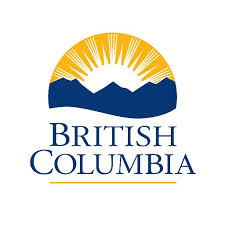water geochemistry
Type of resources
Available actions
Topics
Keywords
Contact for the resource
Provided by
Formats
Representation types
Update frequencies
status
-

2020 DATABASE (Excel): The joint federal-provincial Regional Geochemical Surveys (RGS) have been carried out in British Columbia since 1976 as part of the National Geochemical Reconnaissance (NGR) program to aid exploration and development of mineral resources. The British Columbia Geological Survey (BCGS) maintains provincial geochemical databases capturing information from multi-media surveys. This 2020 release of the most current and complete province-wide geochemical data set collected under the (RGS) program. The database was compiled from 116 original sources with 65,429 samples and about 5 million determinations analyzed using 18 methods in 18 laboratories. This release augments the database with new RGS data compiled from BCGS and Geoscience BC publications between 2016 and 2019. Compared with the data in the last release, data in this release have been given further quality control treatment and revision. For the ease of use and consistency with previously published data, the data set was generated from the RGS database in a flat tabular format. The 2020 data set, released as BCGS GeoGile 2020-08, is presented in two MS Excel files, ‘RGS2020_ data.xlsx’ and ‘RGS2020_metadata.xlsx’. The data tables capture locations, field observations, analytical results and laboratories, and geology underlying sample sites for stream-, lake- and moss-sediment, water and lake samples, heavy mineral concentrates, tree twig, and needle ash. The analytical determinations include up to 63 analytes from sediment samples and up to 78 analytes from water samples. These samples, collected at an average density of about 1 site per 7–13 km2, provide representative geochemical data for the catchment basin upstream from the sample site. The RGS currently covers approximately 80 percent of the province.
-

Stream water samples are collected as part of the Regional Geochemical Survey (RGS) program, which covers over 80% of British Columbia. An additional 4332 stream and lake water samples were analyzed by ICP-MS, ICP-ES and other methods for trace and minor elements in NTS map areas 082M, 093C/D/F/K/L/M, 094L/M, 103A, 104A/H/J/P. The data provides the elements found in the water sample as well as the test method, the detection limit and the original source. The data is available for download and viewing at the BC Geological Survey website.
 Arctic SDI catalogue
Arctic SDI catalogue